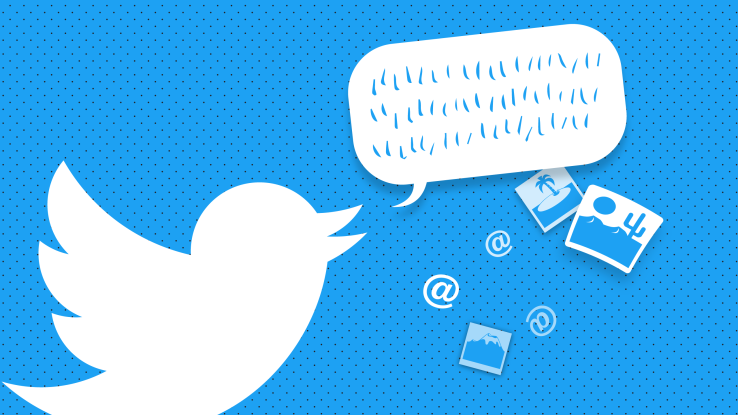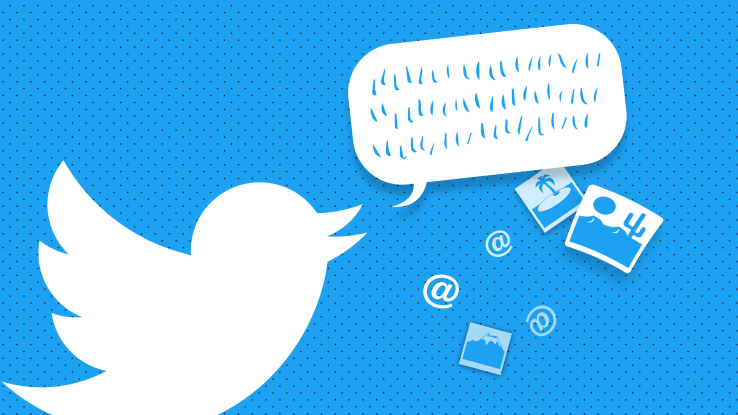

Do you have to tweet to use Twitter? Is Twitter a social network? Many people still think so because the company has failed to properly position itself – and its broader use cases – to the general public throughout the years. And one could argue that it has also failed to provide essential tools for those who want to passively participate on Twitter, instead of actively tweet.
This morning, the company announced new plans to address the confusion. It’s kicking off a new marketing campaign that aims to get the word out about what Twitter really is: a source for news, entertainment and politics – from “big events to everyday interests.”
This is not the first time that Twitter has tried to explain itself to potential users. Just before releasing its “Moments” feature last year – the feature that attempts to capture the best tweets and news of the day in an easy-to-browse format – the company also announced plans to roll out a large-scale marketing campaign focused on getting new users to try the platform.
At the time, Twitter launched a TV commercial which aired during the World Series and referenced how users could follow their favorite sports via tweets that included both texts and multimedia, like GIFs. (The company had before run a TV ad during a NASCAR event in 2012, but it was not part of a larger campaign.)
The fall TV commercial, however, failed to capture users’ interest. The spot was hectic and fast-paced – barely allowing viewers the time to process the images in front of them before a new clip appeared.
And most importantly, it had no impact on Twitter’s ability to grow its stagnant user base. In its latest earnings, the company reported only 310 million monthly active users – a figure that has barely inched up over time. A year prior, Twitter had reported 302 million monthly actives, for comparison’s sake. And in some cases, Twitter’s user count was actually shrinking if you didn’t count a certain category of users who only track the service via SMS.
But as Twitter points out in this morning’s announcement about its refreshed marketing campaign, the brand itself is well-known. Ninety percent of people worldwide recognize the brand, it says. Meanwhile, the majority of its users tap into the network because they believe it’s the fastest way to see what’s happening.
Twitter is now trying to capitalize on that sentiment with two new videos and digital ads that will kick off its broader marketing efforts.
The ads are meant to help people to understand that Twitter isn’t really a Facebook-like social network where you connect with friends and family, nor a place where you have to show up and tweet every day.
Instead, the ads highlight Twitter’s ability to serve as the place where news gets spread, whether that’s politics or social movements, the latter as evidenced by being the birthplace of the hashtag. The main ad features some notable hashtags as of late like #PokemonGO, #BlackLivesMatter, #LoveNotHate, and others.
The clips, which are slower-paced than in Twitter’s prior TV spot, are narrated simply. “What’s happening? What’s everyone talking about? What’s trending?”
Twitter’s main ad also brings in clips from “Game of Thrones” and NBA Games, to showcase how it’s a go-to place for chatting about entertainment and sports. But oddly, it doesn’t make mention of Twitter’s plans to actually live-stream sports content, despite deals with the NFL for Thursday Night Football, the MLB and the NHL. (Perhaps that would confuse the matter even further – after all, is Twitter trying to be a place to watch news break, or watch live video?)
The second ad is focused only on politics – primarily, the U.S. elections – with brief clips of Hillary, Trump, Obama, among others, like #Brexit, for example.
It’s not clear that these ads, either, will have the impact Twitter desires.
The problem may not be that there’s massive misunderstanding about Twitter, but rather an audience that sees no need for another app. Mainstream users are today seemingly content to browse news stories on Facebook and the web (via both direct visits to favorite sites along with aggregators like Google News), while they get short-form content via things like email newsletters like The Skimm, or social apps like Snapchat.
Twitter also did itself a disservice over the years by clamping down on its developer ecosystem, where members could have built niche clients apps for the many ways that Twitter could be used or have its content presented. Had it embraced the idea of being an open platform and open API, Twitter could have become the content feed and backbone to hundreds of tools and apps, instead of the destination that few users want to visit.

